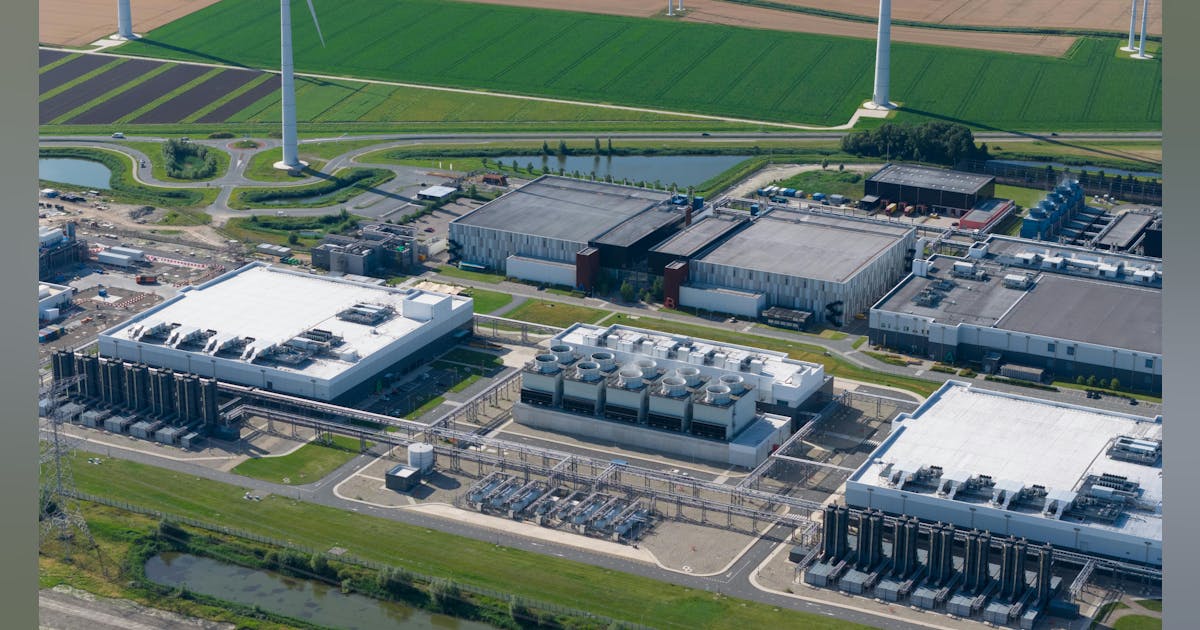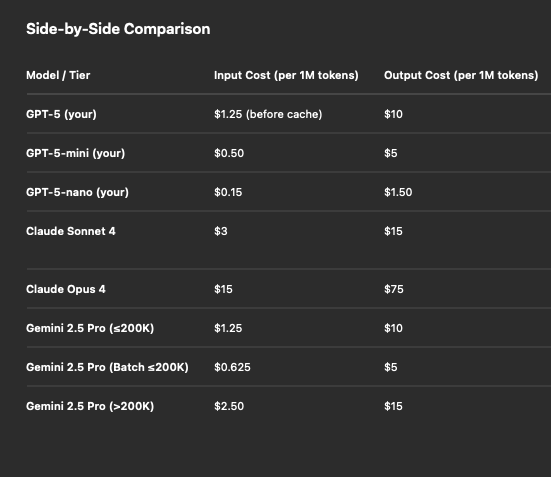
Now that the November 2023 OPEC+ tranche is fully unwound, the next in focus is the April 2023 tranche.
That’s what analysts at Standard Chartered Bank, including Emily Ashford, said in a report sent to Rigzone by the Standard Chartered team on Wednesday. The analysts highlighted in the report, however, that “nothing” in OPEC+’s latest communiqué “suggested that a strategy for this has been determined yet”.
“The OPEC+ eight … met virtually for the final time as an octet on 3 August,” The Standard Chartered Bank analysts said in the report.
“As we had expected, they agreed unanimously to unwind the final part of the tranche, adding the last 547,000 barrels per day back into the market,” they added.
“Low inventories and steady demand indications provide the opportunity to add further barrels back into the market; meanwhile, compensation requirements from some members and capacity constraints from others may limit the actual number of returning barrels,” they continued.
The Standard Chartered Bank analysts went on to note in the report that that “perhaps most critical to the oil balance over the next few quarters will be faltering non-OPEC+ supply growth”.
“It is earnings season for U.S. shale oil producers, and there have been announcements of activity pullbacks and budget cuts in response to the low oil price environment at analyst presentations,” the analysts said.
“Speaking at a market presentation, CEO of Diamondback Energy Travis Stice suggested that U.S. onshore oil production had peaked, and that it would begin to decline this quarter,” they added.
“He estimated the number of fraccing crews would continue to decline, and that there would be further declines in drilling rigs in Q3,” the analysts went on to state.
The Standard Chartered Bank analysts noted that “this is supported by the data”, adding that “the U.S. oil rig count has continued to fall, losing five week on week to 410”.
“This is the lowest since September 2021, taking the year on year fall to 72 according to Baker Hughes,” they stated.
Rigzone contacted OPEC, the U.S. Department of Energy (DOE), the American Petroleum Institute (API), and Diamondback Energy for comment on the Standard Chartered report. In response, a DOE spokesperson told Rigzone, “thanks to President Trump’s bold leadership, the United States is more energy dominant than ever – as is evident by the record U.S. crude oil production in April and relative stability of energy prices during and after the recent 12-day conflict in the Middle East”.
“With today’s modern drilling technologies, the number of rigs does not necessarily correlate to energy production levels,” the spokesperson added.
At the time of writing, OPEC, the API, and Diamondback Energy have not responded to Rigzone.
The total U.S. rig count dropped by two week on week and now stands at 540, according to Baker Hughes’ latest North America rotary rig count, which was released on August 1. Of the total U.S. rig count of 540, 525 rigs are categorized as land rigs, 13 are categorized as offshore rigs, and two are categorized as inland water rigs, the count revealed. The total U.S. rig count is made up of 410 oil rigs, 124 gas rigs, and six miscellaneous rigs, according to Baker Hughes’ count, which highlighted that the U.S. total comprises 471 horizontal rigs, 54 directional rigs, and 15 vertical rigs.
Week on week, the U.S. land and inland water rig counts each decreased by one, while the country’s offshore rig count remained unchanged, the count pointed out. The country’s gas rig count increased by two, its oil rig count dropped by five, and its miscellaneous rig count rose by one, week on week, the count showed. The U.S. directional rig count increased by seven, its vertical rig count increased by three, and its horizontal rig count dropped by 12, week on week, the count revealed.
A statement posted on OPEC’s website on Sunday announced that Saudi Arabia, Russia, Iraq, UAE, Kuwait, Kazakhstan, Algeria, and Oman “will implement a production adjustment of 547,000 barrels per day in September”.
“The eight OPEC+ countries, which previously announced additional voluntary adjustments in April and November 2023 … met virtually on 3 August 2025, to review global market conditions and outlook,” that statement said.
“In view of a steady global economic outlook and current healthy market fundamentals, as reflected in the low oil inventories, and in accordance with the decision agreed upon on 5 December 2024 to start a gradual and flexible return of the 2.2 million barrels per day voluntary adjustments starting from 1 April 2025, the eight participating countries will implement a production adjustment of 547,000 barrels per day in September 2025 from August 2025 required production level,” the statement added.
“This is equivalent to four monthly increments … The phase-out of the additional voluntary production adjustments may be paused or reversed subject to evolving market conditions. This flexibility will allow the group to continue to support oil market stability,” it continued.
The eight OPEC+ countries also noted that this measure will provide an opportunity for the participating countries to accelerate their compensation, the statement said.
To contact the author, email [email protected]





















